Japan’s capital offers such a wide variety of things to do that visiting it feels like taking a trip within a trip. Tokyo is modern, traditional, heterogeneous, clean, organized… It is a country’s calling card or a perfect farewell.
In this great city, which is the most populated in the world with 37 million inhabitants, you will stumble upon Michelin stars and robotized restaurants. You will find machines that will make you believe that you have traveled to the future and others that will make you remember your youth.
You’ll feel small in the crowds of Shibuya, free in the jungle of Meiji-jingu, ordinary in the extravagance of Takeshita-dori, and geeky in Akihabara. Eat, stroll, explore, play, admire, move, be amazed… There are too many things to do not to dedicate at least three days of your itinerary to this city.
Tokyo’s history dates back to the 15th century, when it was built around Edo Castle in a small fishing village. For over 250 years, the city experienced rapid growth and development, until in 1868, it was granted the status of capital, marking the beginning of its transformation into a modern metropolis.
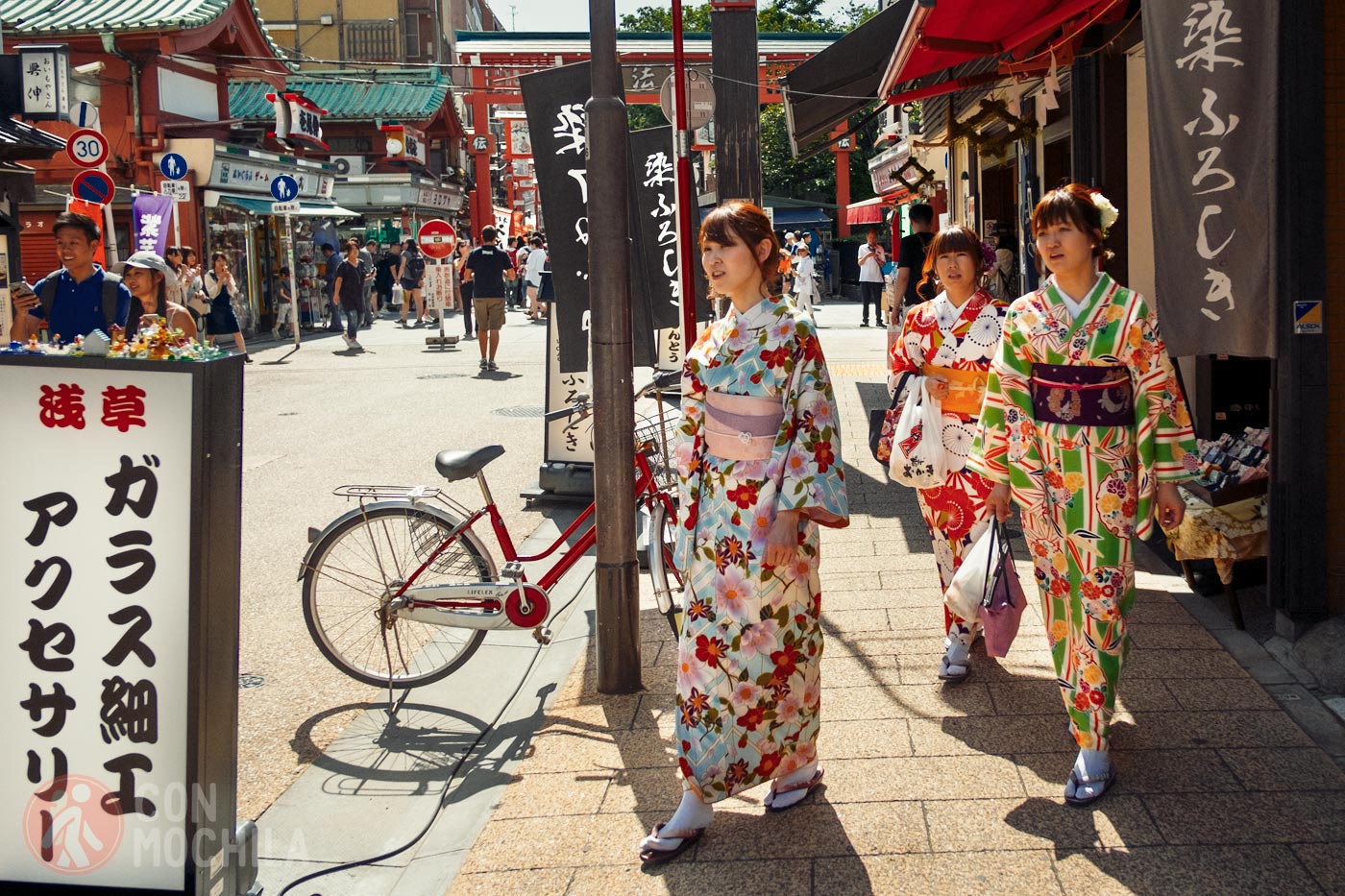
Throughout the 20th century and after recovering from the aftermath of the Second World War, it has become one of the largest and most advanced cities in the world. It combines progress and tradition, which is visible in its architecture, economy and cultural life.
The weather in Tokyo varies throughout the year and like other places in Japan it experiences four seasons. Below is some information to help you decide the best time to visit.
European citizens, along with those from many other countries, do not need a visa to visit Japan for tourism purposes. You can find detailed information in the previous link (coming soon) regarding the requirements for obtaining the stamp that allows you to up to 90 days.
It goes without saying how important it is to travel to Thailand with a good insurance. We were the first ones to offer the famous 5% discount on IATI Insurance, but you also have it available with Heymondo Travel Insurance.
Follow the links below to get a discount on their website:
While many hotels, guesthouses, and restaurants in Thailand offer free Wi-Fi, some travelers prefer or need a constant connection. We’ve included details on obtaining a eSIM Japan card with unlimited data.
Tokyo’s two airports, Haneda and Narita, handle a total of over 127 million flights a year, making them some of the busiest in the world. If you arrive at Haneda Airport (mainly domestic flights) you’ll be just 30 minutes from Shibuya Station. Narita (for international flights) is considerably further away, but has good train connections.
Japan in general, and Tokyo in particular, is the best place in the world to get around by train. There are trains and buses in all directions to and from Tokyo, most of them like the shinkansen stop at Tokyo Station although there is also Ueno Station for trains coming from the north and Shinagawa Station for those coming from the west. For other trains, there are also Shinjuku and Shibuya Stations.
Remember that if you plan to travel a lot of miles by train, it may be worth getting the Japan Rail Pass.
The bus is considerably cheaper than the train, but trains give you many more options. Several companies connect Tokyo with other major cities. Several companies have stops at the Yaesu exit at Tokyo Station and others at Shinjuku Station.
Very close to Tokyo Station, the first sight you see is the Imperial Palace, one of the city’s main attractions and the current residence of the emperor since the capital was moved from Kyoto to Tokyo in the 19th century. Surrounded by gardens, the palace we see today was rebuilt after the bombings of World War II and it stands on the former grounds of Edo Castle.
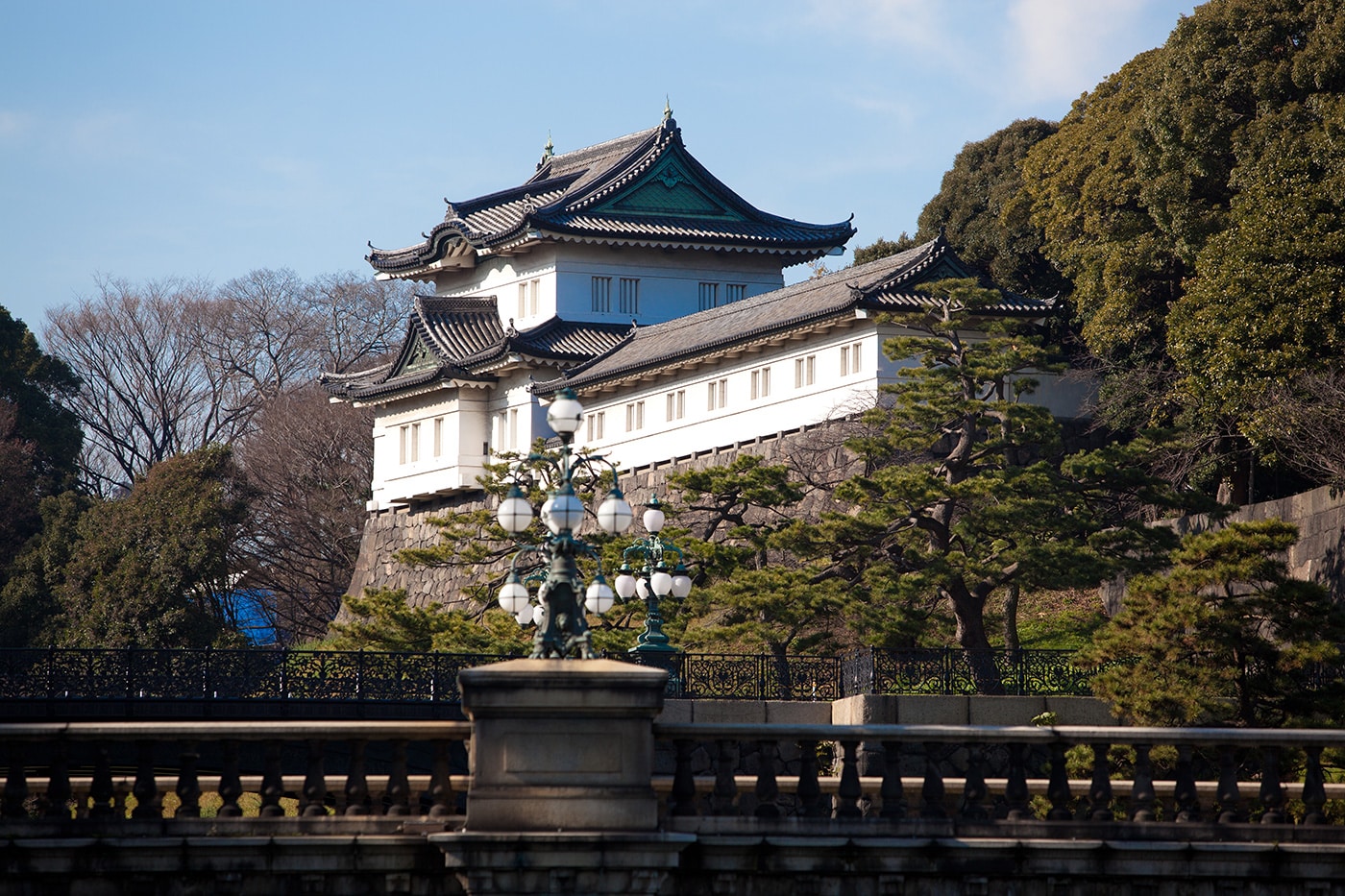
Visitors can only access the outer enclosure as the inner enclosure is reserved for the imperial family and is only opened a couple of times a year.
Close to the Imperial Palace, Tokyo Station was opened in 1914 to connect several train lines. Designed by architect Tatsuno King, the station reminded us a bit of Amsterdam’s Centraal Station, as it is very different from anything built in Tokyo to date.
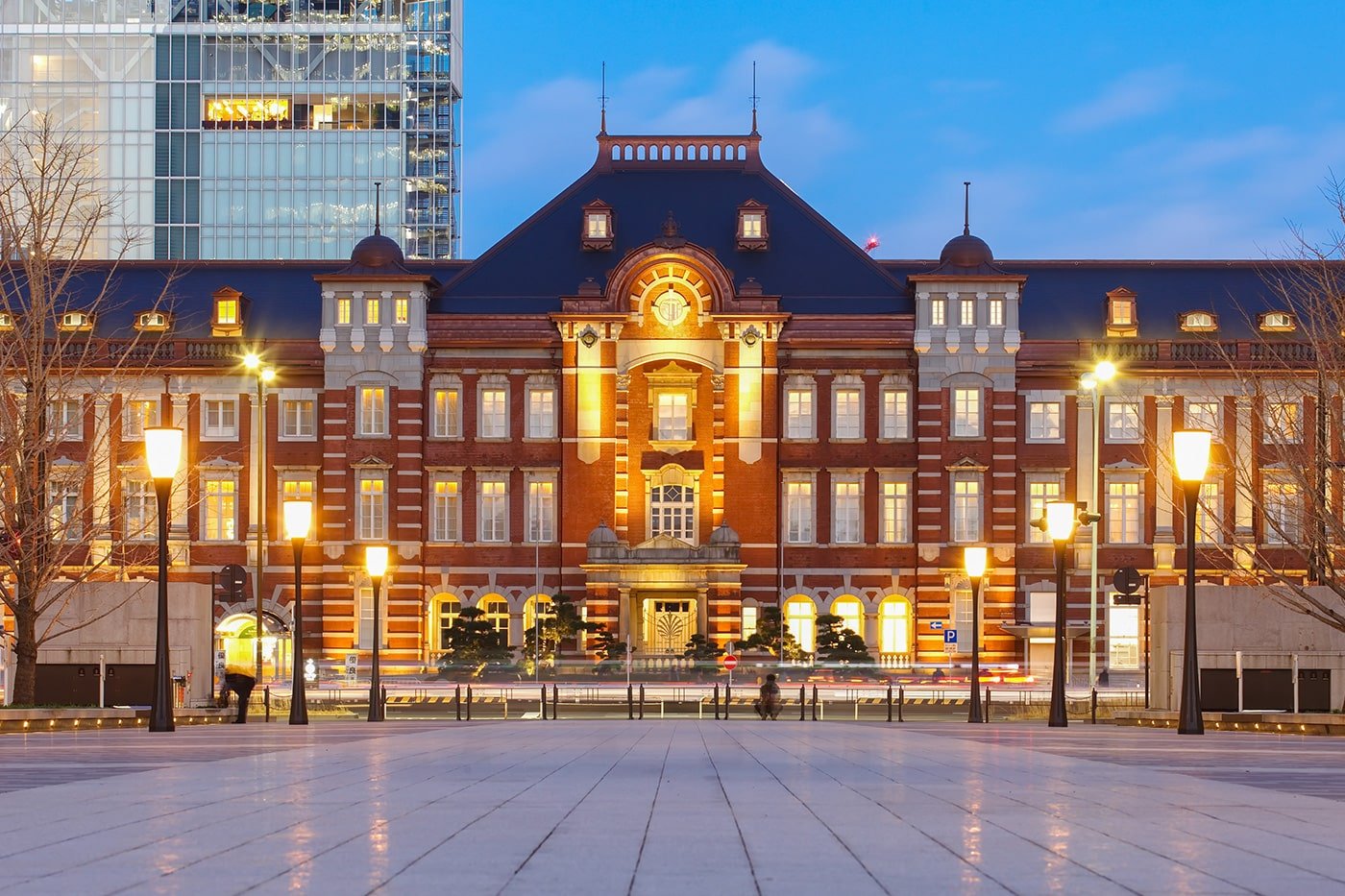
Home to high-speed trains like the Shinkansen and dozens of subway lines, the station was extended a few years ago due to expansion needs. It now has two main areas: one in Marunouchi, near the Imperial Palace, and another closer to Giza.
In the basement of Tokyo Station, following the signs for Yaesu North exit, you will find Tokyo Character Street. It is a completely different world full of dozens of small shops selling anime and manga souvenirs. If you like Japanese animated characters, it is paradise; Pokemon, Hello Kitty, Miffy, characters from the Ghibli world and a few TV character shops.
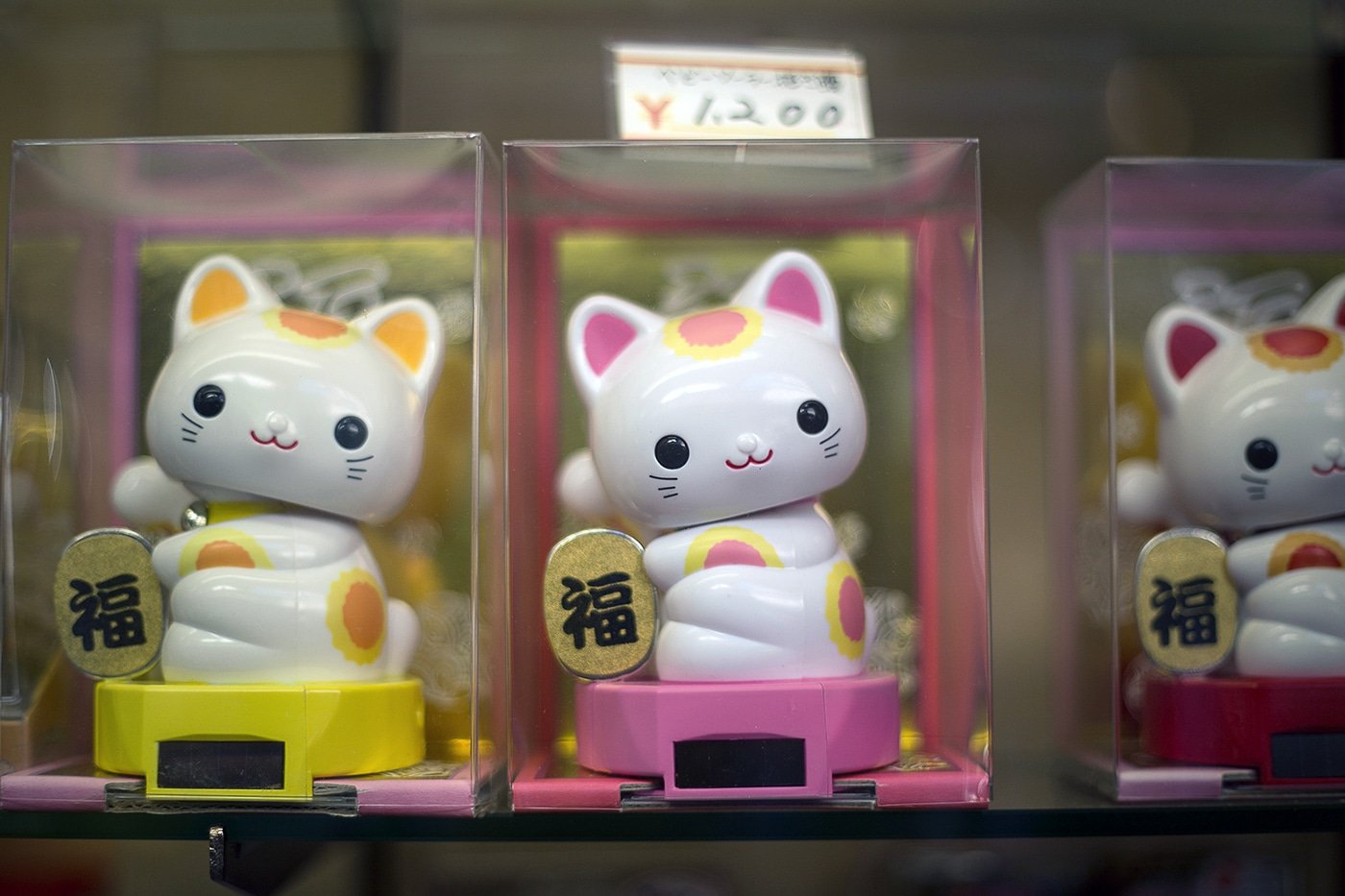
It may not be worth planning a trip just to go there, but if you find yourself in the area, why not take a stroll.
Ginza in the Chuo district is a shopping area with boutiques, restaurants and art galleries. It is the most expensive area in Tokyo and one of the most expensive in Japan. On weekends, the main street, Chuo Dori, is closed to traffic and it is the perfect time to walk around and enjoy the atmosphere (if you, like us, are not going shopping).
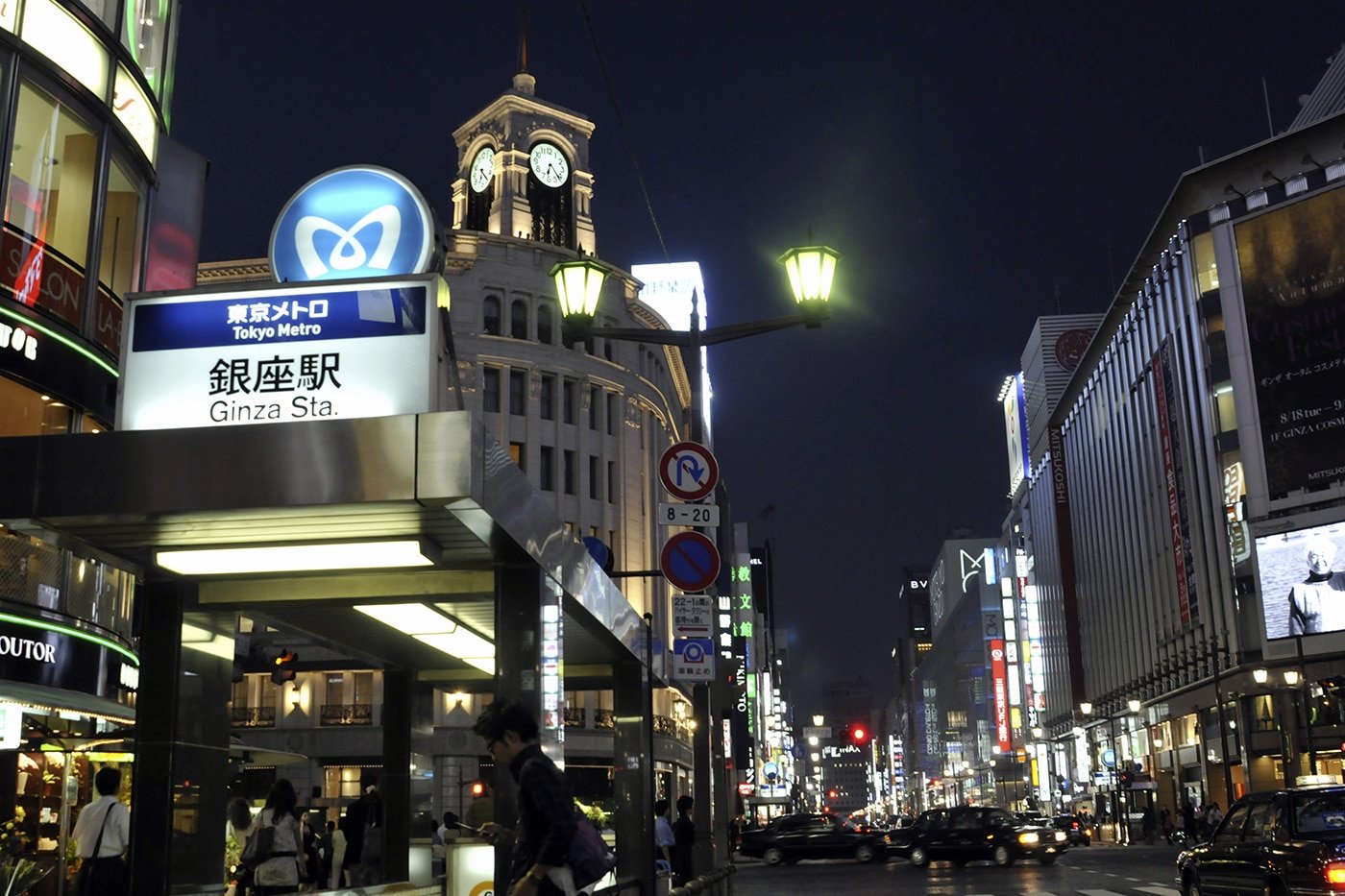
The most iconic building in this area is the Ginza Wako, with a clock on top. Very close to Ginza, there is Yurakucho, a restaurant area at the bottom of Yurakucho Station.
In Minato, right next to Tokyo Tower, is Zojo-ji Temple, a 14th-century Jodo temple belonging to Japanese Buddhism, which was initially located in Kanto. In the 16th century, when the ruling Tokugawa family moved it to its current location, it also became an administrative and study center.
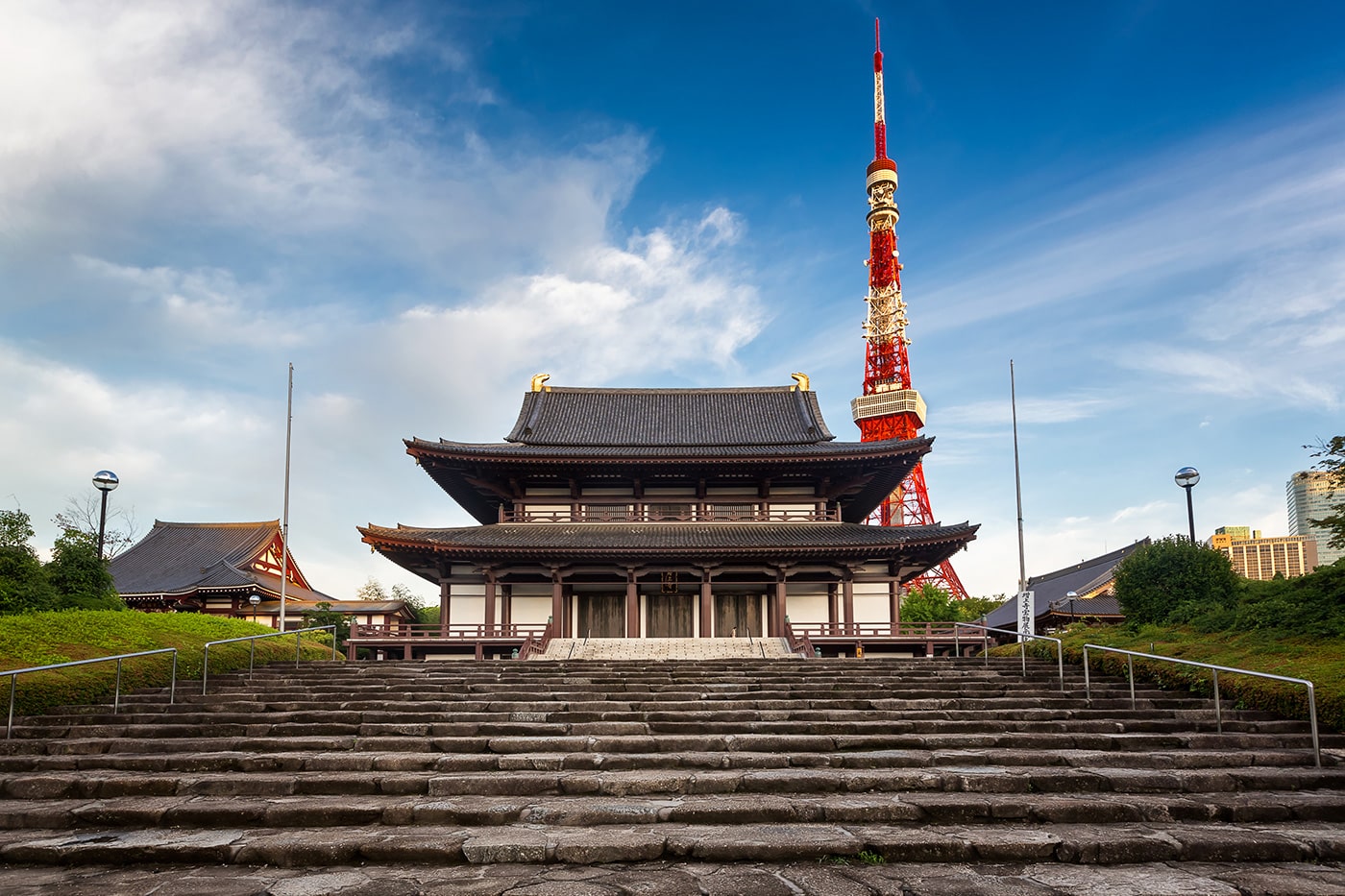
Like many buildings in Tokyo, the temple was destroyed during the air raids of World War II and rebuilt shortly after. Before entering the temple you go up a staircase.
During the Edo period, the Hama Rikyu Gardens served as a hunting lodge and residence for one of the feudal lords who lived in Tokyo at the time. Located right next to Tokyo Bay, some of its gardens and ponds change depending on the state of the tides.

If you visit during spring, you’ll be able to see cherry blossoms with tall skyscrapers in the background, but any time of year is a good time to relax and stroll among the trees. You can get there in 10 to 15 minutes on foot from Shimbasi or Shiodome stations.
The Hie Shrine was established around the 15th century and is located on a small hill in Nagatacho, Chiyoda City. You will recognise it because it has a staircase made up of more than 90 red gates (torii) that give access to the first building and then, once through this, you reach the main building. A figure of Masaru and Komainu welcomes you on the steps of the entrance to the building.
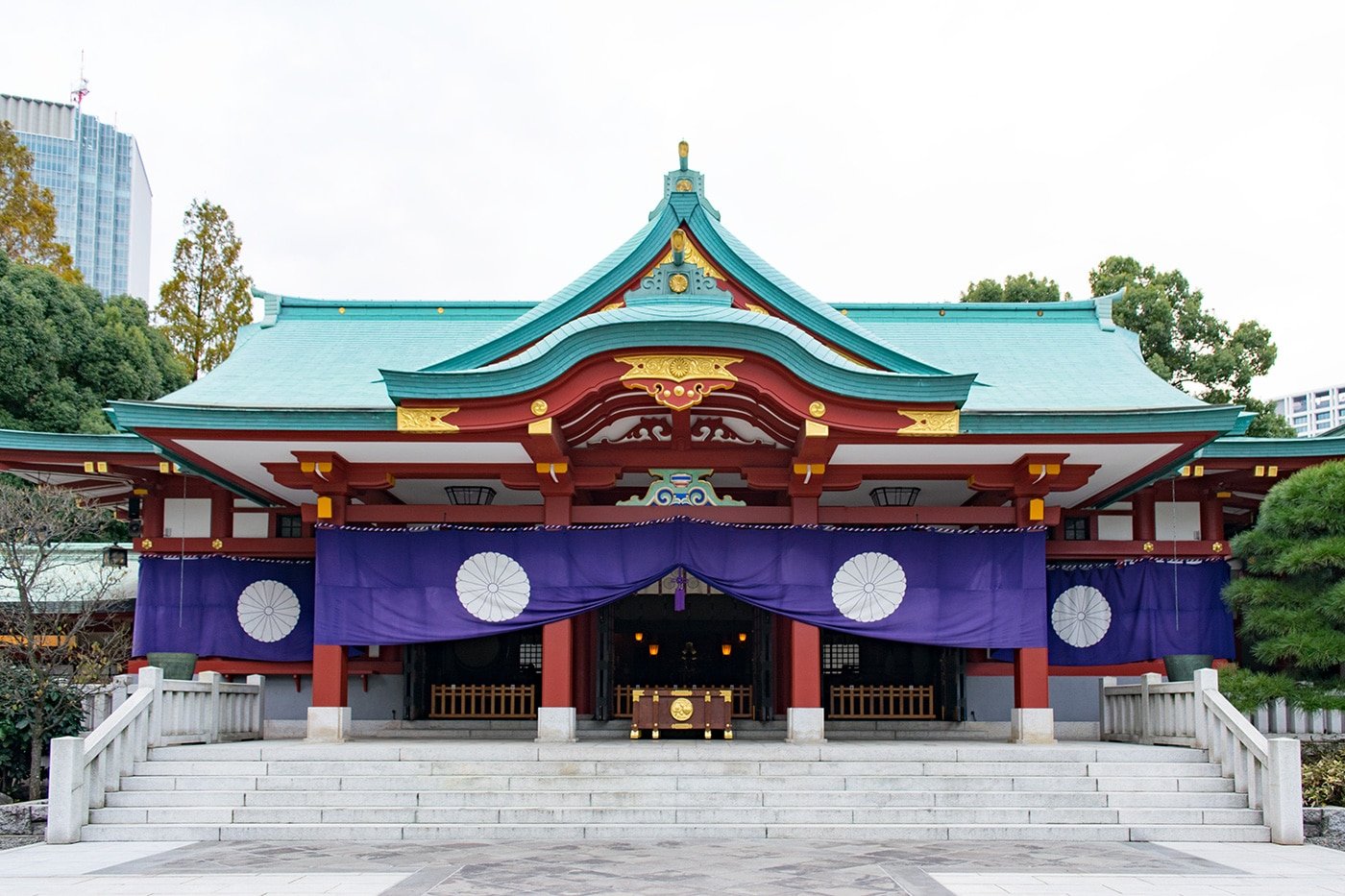
Remember that it is always advisable to be respectful when in temples and shrines.
Built in 1958, the Tokyo Tower is a telecommunications tower with several observation platforms, the highest of which is 250 meters high. It is striking because it is somewhat reminiscent of the shape of the Parisian Eiffel Tower, but in white and orange, making it stand out from the rest of the skyscrapers.
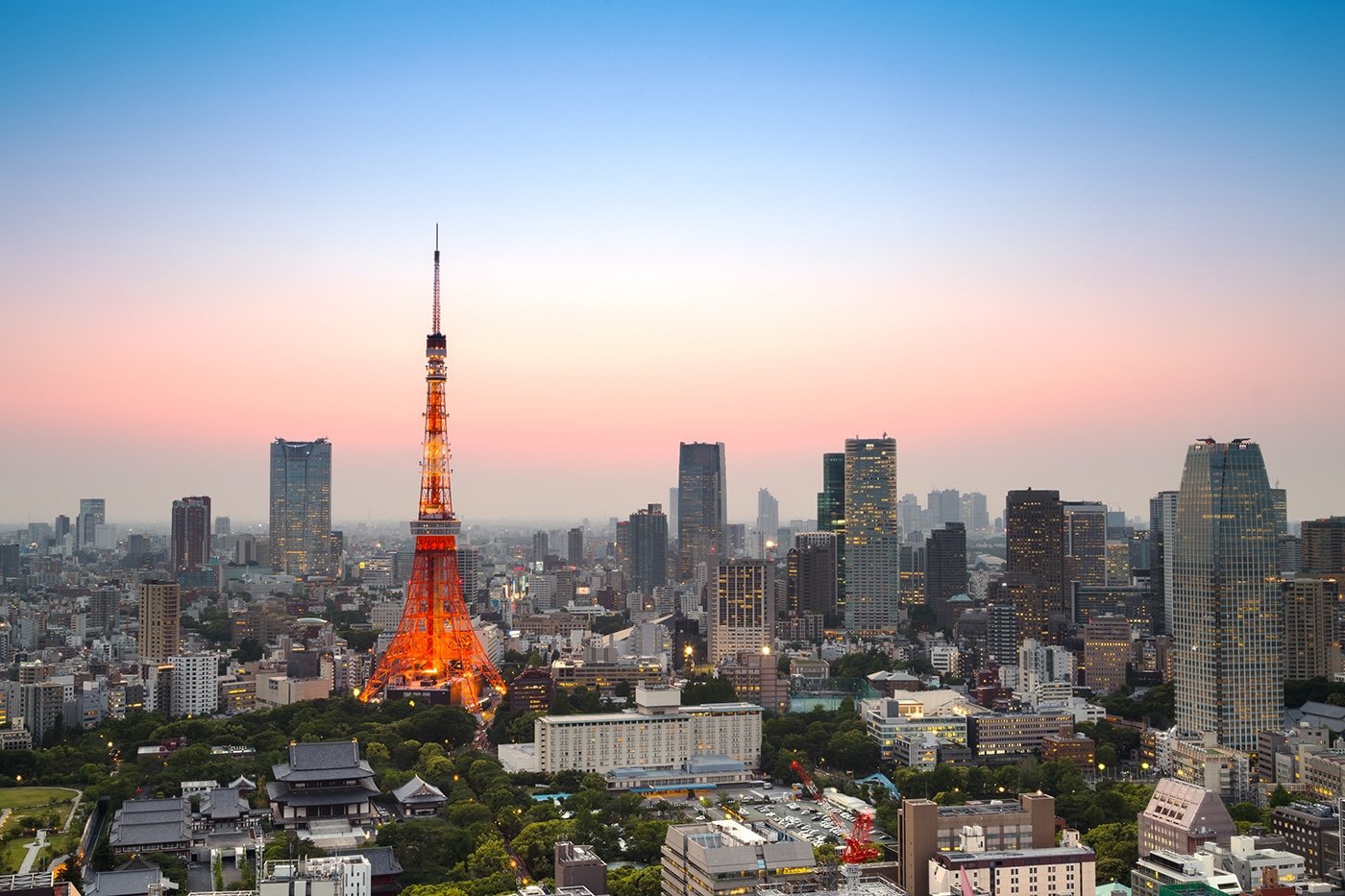
At night, depending on the time of year or the celebration, colored lights are turned on to resemble the decorations of Japanese temples on festive days.
If you are a fan of Tarantino’s films, you will remember the fight scene in The House of Blue Leaves. Yes, we are talking about Kill Bill Vol. 1. The Gonpachi restaurant in the Ginza area is notably geared toward tourists, which is hardly surprising, as it has become an almost mandatory pilgrimage site for many of us since the film.
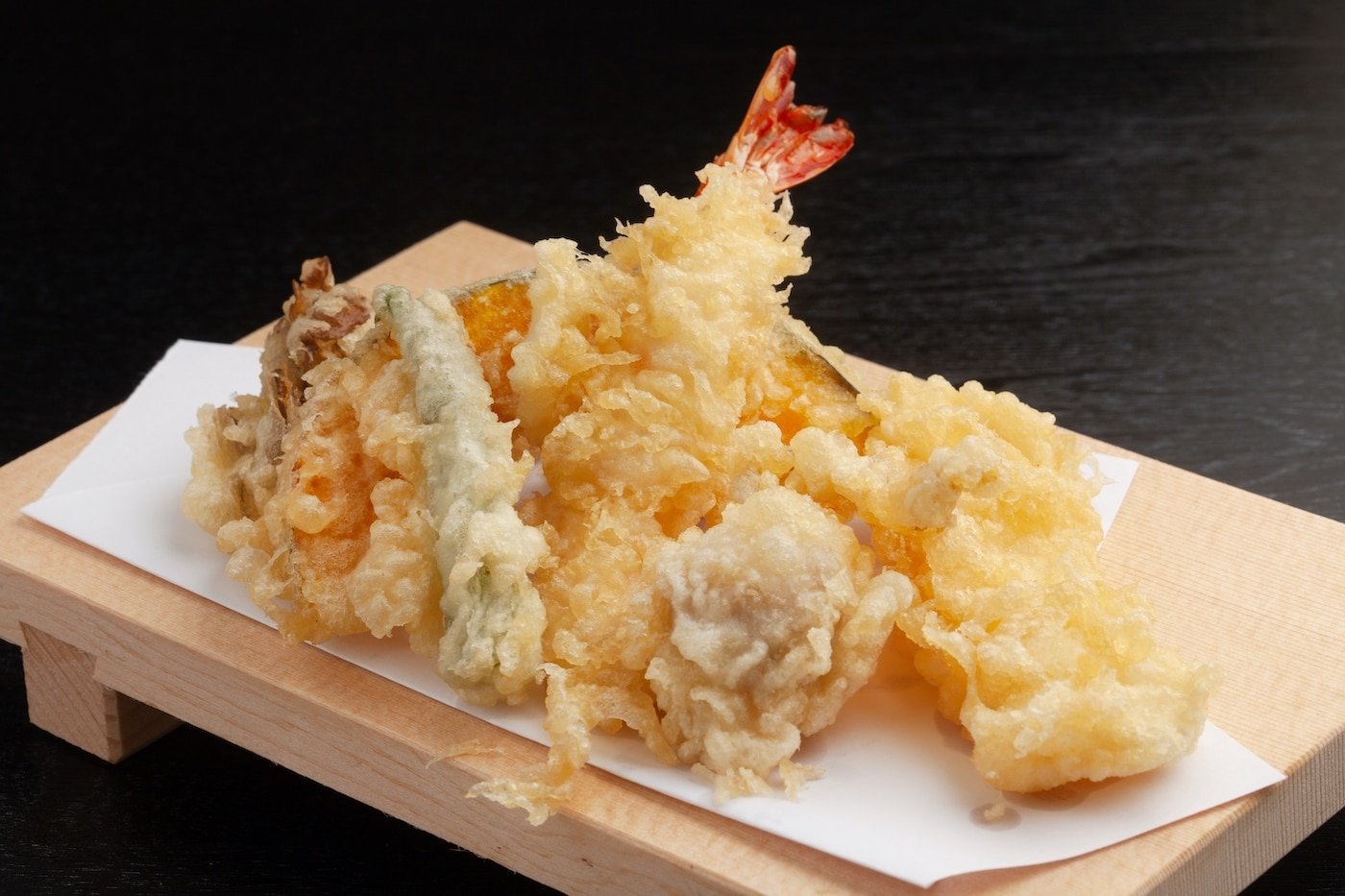
If you’re looking for authentic Japanese food, this might not be the place to go, but it’s still worth visiting just to grab a drink.
Shibuya is a district famous for several reasons: it contains two of the busiest train stations in the world, Shinjuku and Shibuya Station. Not to mention the Shibuya Crossing, a zebra crossing you’ve probably seen in movies, shaped like a cross and full of buildings lit up with neon lights.
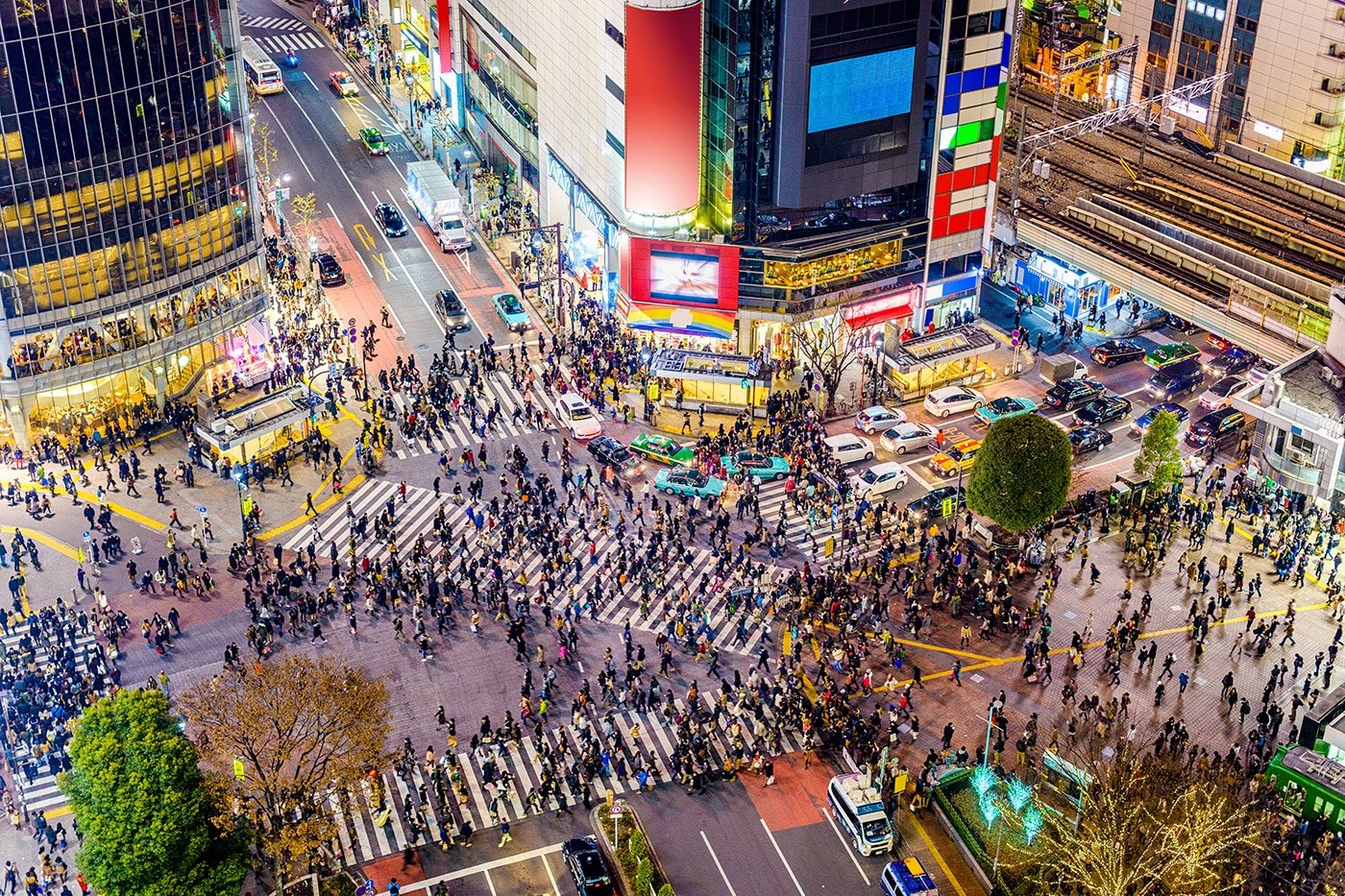
But if there is one thing that has won us over, it is the statue of Hachiko, in homage to the loyalty of a dog who waited every day (for 9 years) for his owner, now deceased, to return from work.
Tokyo is much more than a jungle of skyscrapers and asphalt. Less than 20 minutes by train from Shinjuku or Shibuya, the centers of this great Japanese city, is the charming (and slightly hipster) neighborhood of Kichijoji, a place you shouldn’t miss on your trip to Japan. A haven of peace full of small shops, bars, cafes and corners to stroll away from the hustle and bustle of the metropolis.

And it is also one of the most attractive neighborhoods in Tokyo, always appearing at the top of surveys when Japanese people are asked where they would like to live.
But Kichijoji is not only an idyllic place to move to, it also offers plenty of experiences for the casual visitor. We will tell you about them below.
Groups and groups of teenagers with wigs, colorful clothes and different styles is how Harajuku welcomes you. In this commercial area of cheap clothes, thousands of young people gather to show off their clothes without any judgment. In 2015, Masuda Sebastian, one of the pioneers of Harajuku culture, designed the Kawaii Monster Café, where black and gray have no place.
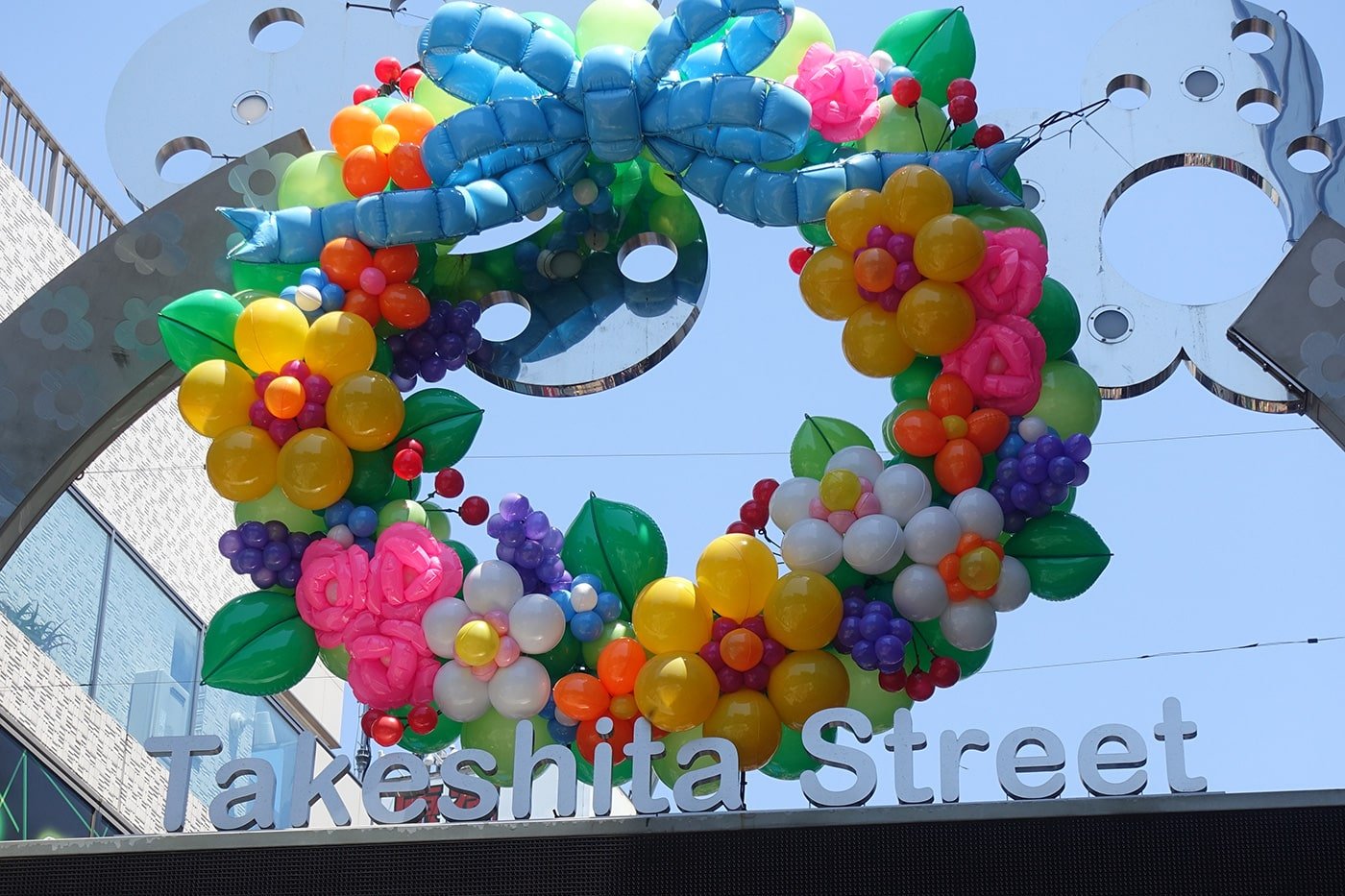
As soon as you walk through the doors, you’ll enter the colorful world of Japanese pop culture. It’s a very busy place, so you only get a table available for 90 minutes.
At night, there are alleys, bars, neon lights, with a history of prostitution, which is still reminiscent of the post-war period.
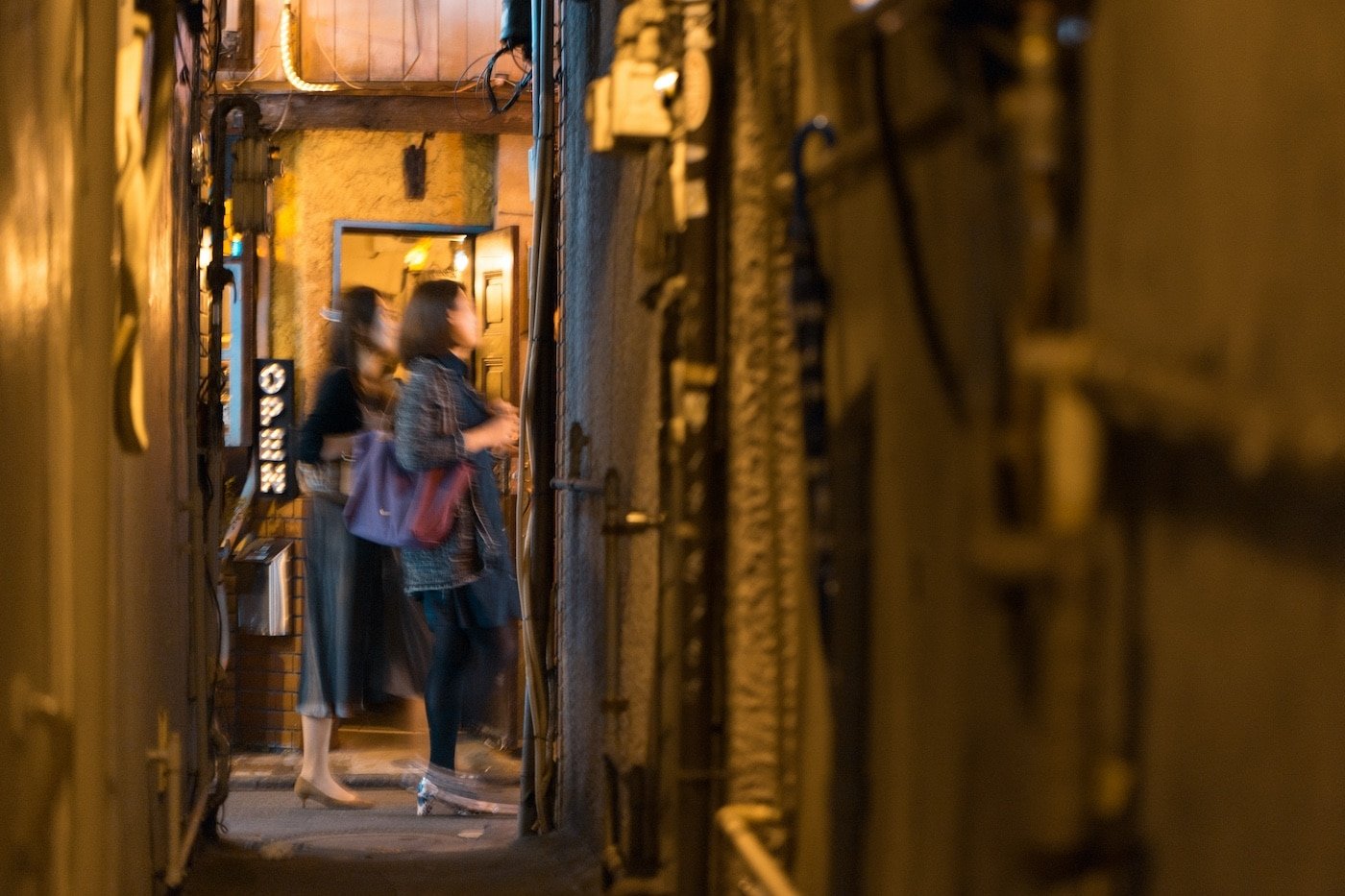
Taking photos is prohibited in some of its streets, so make sure you pay attention to the signs.
The famous and world-renowned Godzilla, a monster created by Ishiro Honda in 1954, is an icon of Japanese culture. He is the king of monsters, and has been named cultural ambassador of Tokyo. In 2015, in order to attract tourists, a gigantic Godzilla head was made between two buildings, one of them being Toho, the studio that owns the rights to exploit the monster. The head roars from time to time to make it more realistic.
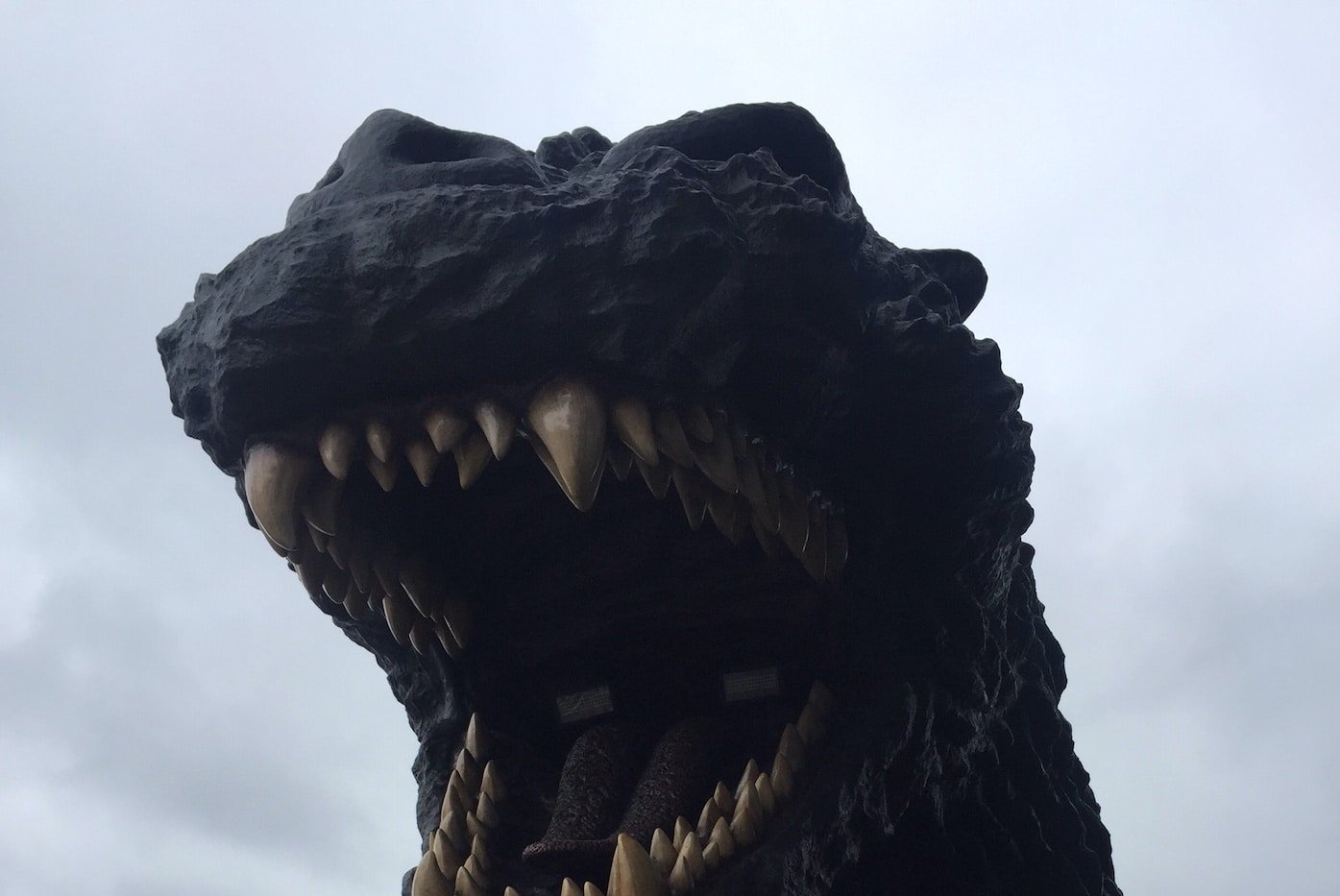
As a curiosity, this building also has a hotel dedicated to Godzilla, with themed rooms. To get a good look at it, walk from Shinjuku Station towards the Toho.
In a quiet, wooded area of Shibuya, right in the city, there is a temple dedicated to Emperor Meiji and Empress Shoken. Meiji Jingu is a Shinto shrine built in 1920, in the nagare-zukuri style, a construction with an asymmetrical roof and portico. It was destroyed during World War II, and what we see today dates back to the 1950s.
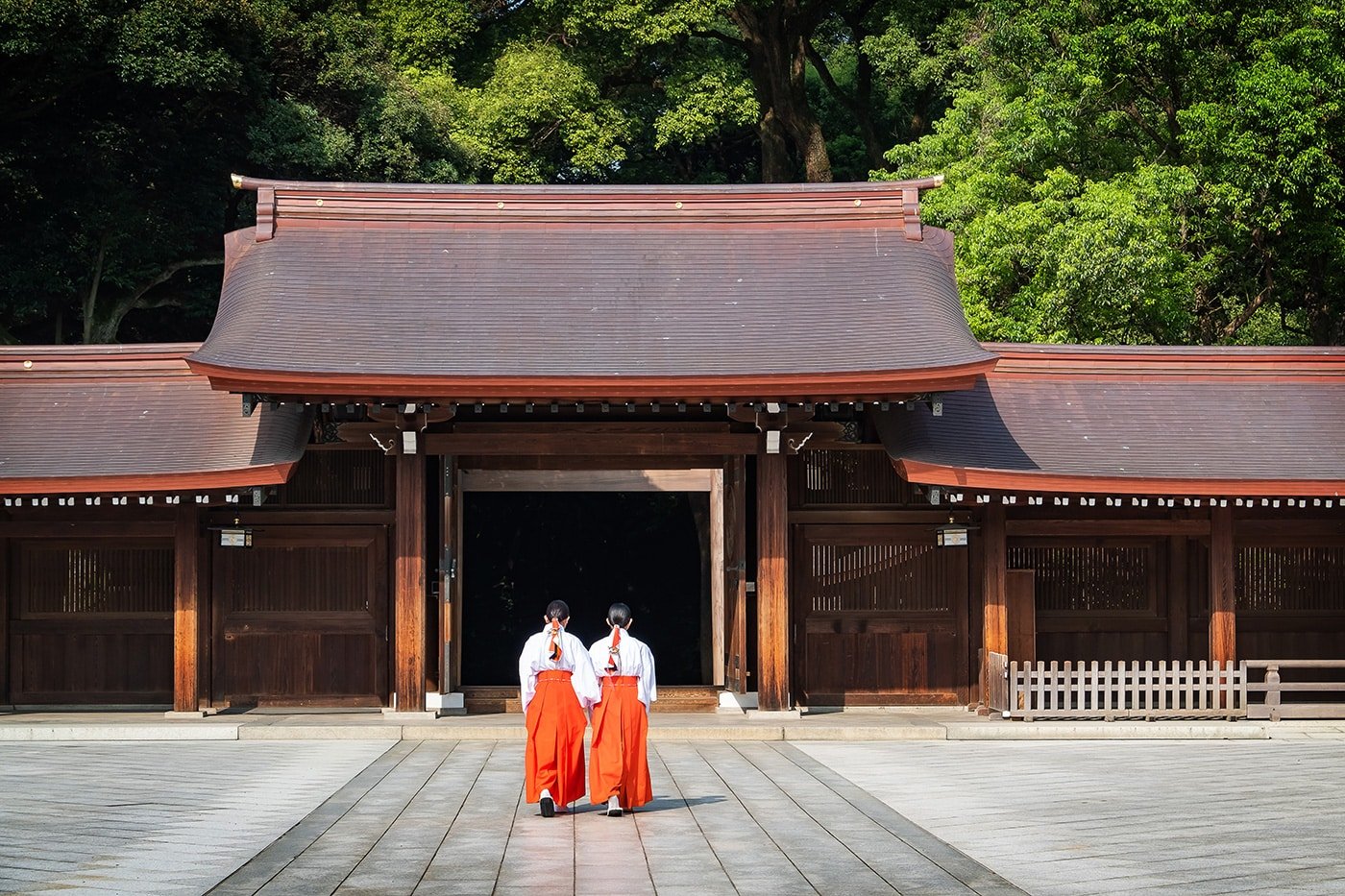
A torii welcomes us at the entrance to the complex, which has two areas: Naien, the inner enclosure with a museum, and Gaien, the outer enclosure. The outer enclosure contains the Memorial Picture Gallery, which is made up of murals dedicated to the lives of the emperors and several sports areas.
If you are an anime fan, this is your museum. The Studio Ghibli Museum is located in Mitaka, near Shibuya, and is a museum dedicated to the art of animation, created by the Ghibli studio. The entrance to the museum is indicated by a Totoro figure and, once inside, you will find numerous characters in the colorful building.
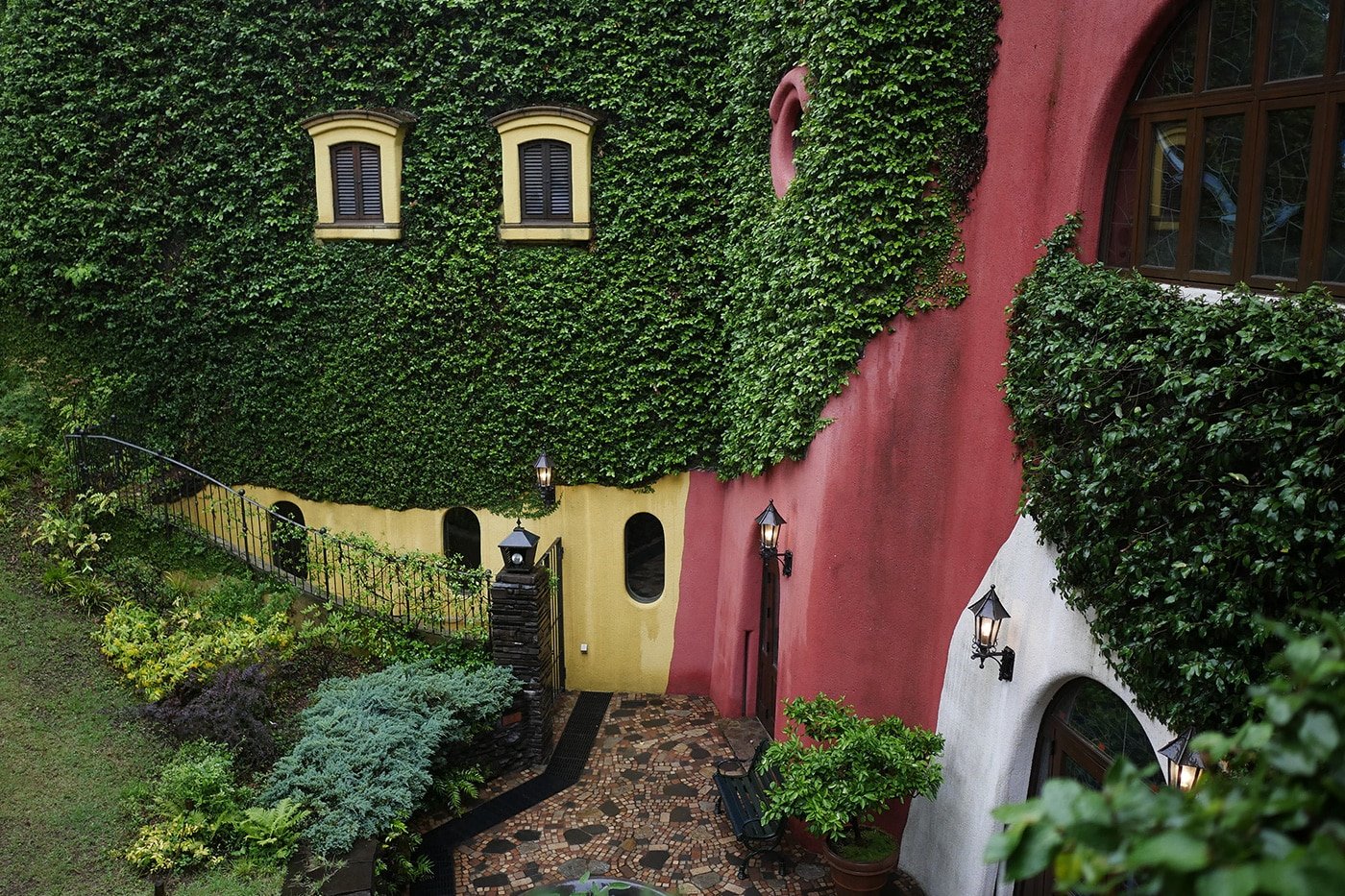
Remember that the museum only operates through reservations made in advance, so be sure to find out as tickets go on sale on very specific days.
An artificial island with a replica of the Statue of Liberty, Odaiba was initially built around 1800 as a series of islands that formed a fort to protect the city from possible attacks from the sea.
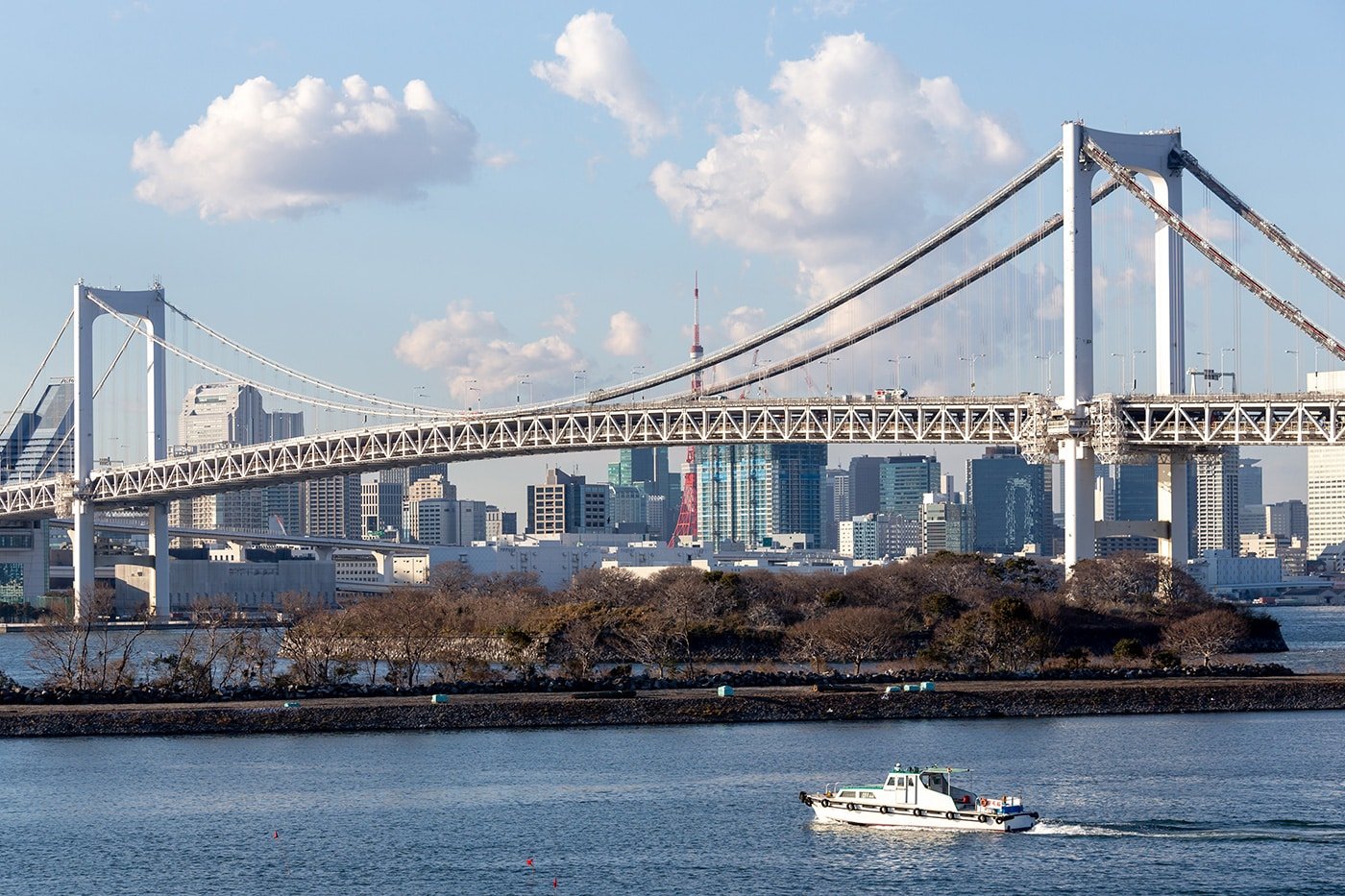
Today it is a futuristic area, with buildings such as Fuji Television or the Miraikan, Museum of Science and Innovation.
Originally a space for military maneuvers, Yoyogi Park is now perfect for a relaxing stroll in the middle of the city. Here you’ll find all kinds of visitors: from families, to musicians, to people dressed as their favorite character (it’s close to Harajuku). There are designated picnic areas, so a good option might be to buy something and come to the park to eat. You’ll also see groups of people having barbecues.
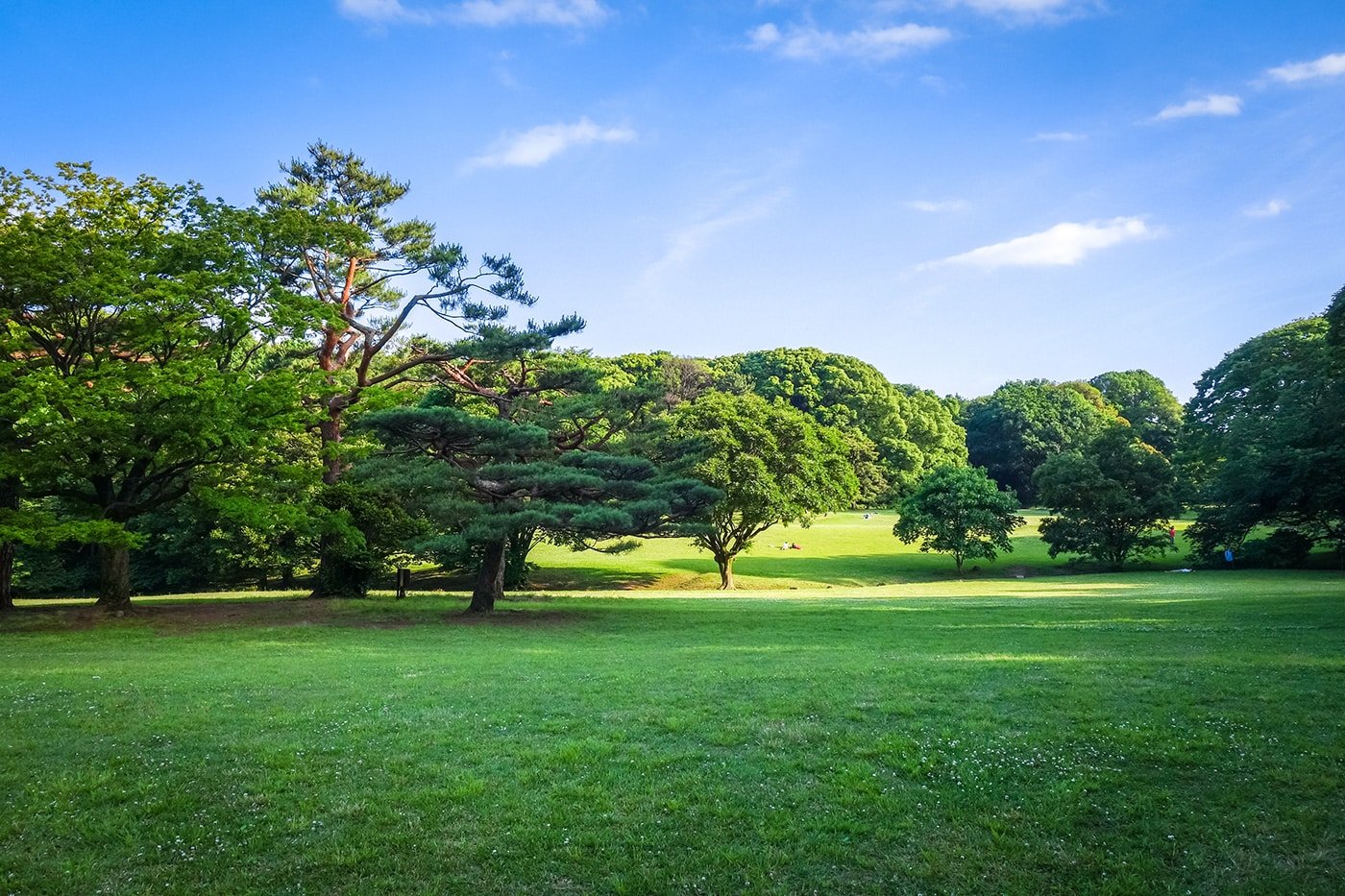
The park is separated into two areas by a road, the first is a wooded area and the second has an esplanade and a stadium.
In recent years, otaku have taken over the streets of Akihabara and made them their own.
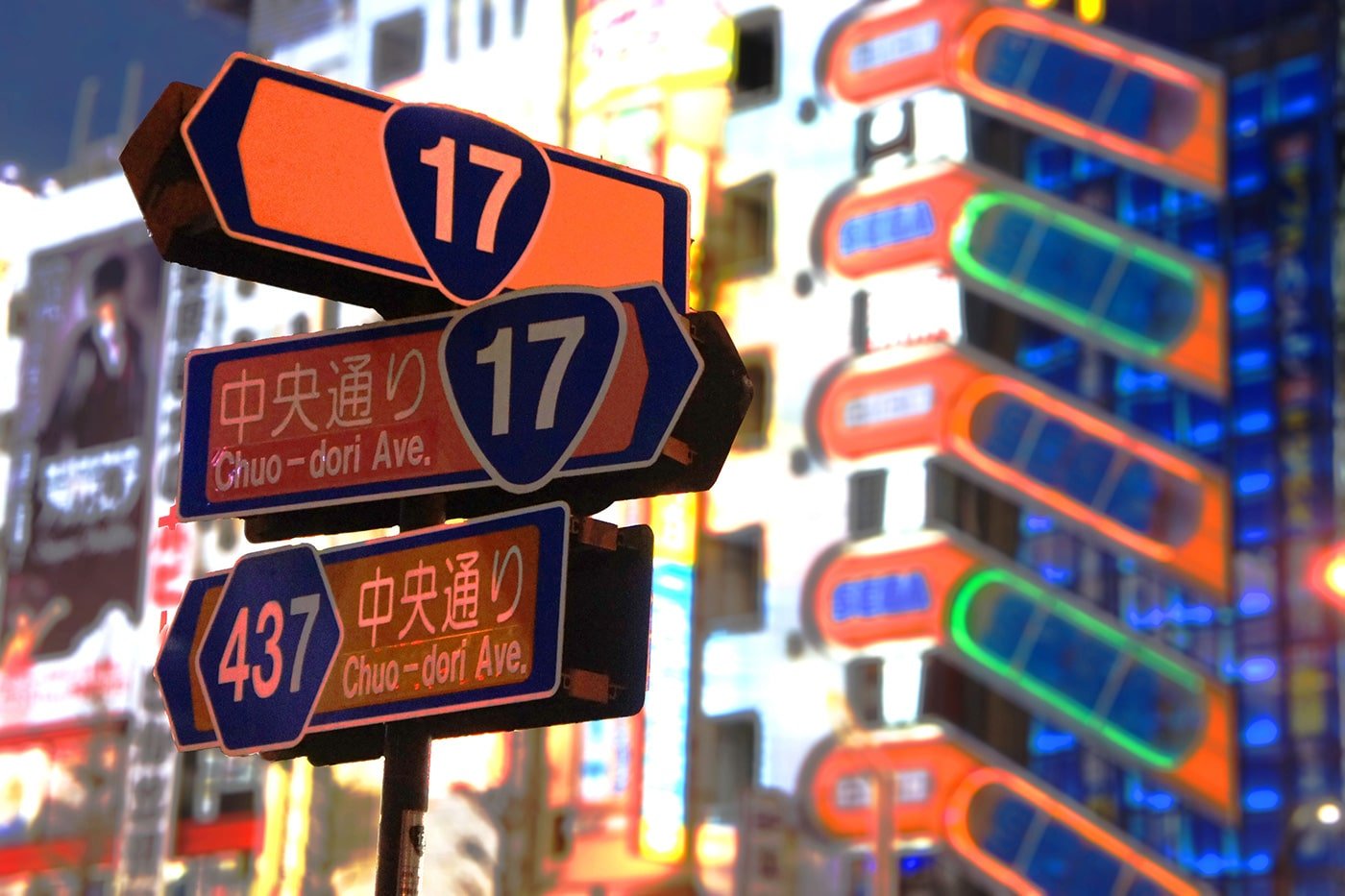
This popular electronics district in Tokyo, where you can traditionally find all kinds of gadgets related to photography or electronics, has been colonized in recent years by young Japanese fans of manga and anime.
More than 1,400 years ago, two brothers went fishing and in their nets they found a small statue of Kannon, the Buddhist goddess of mercy. When they showed it to the village chief, he decided to build a shrine, and that was the birth of what we know today as Senso Ji Temple in the Asakusa area.
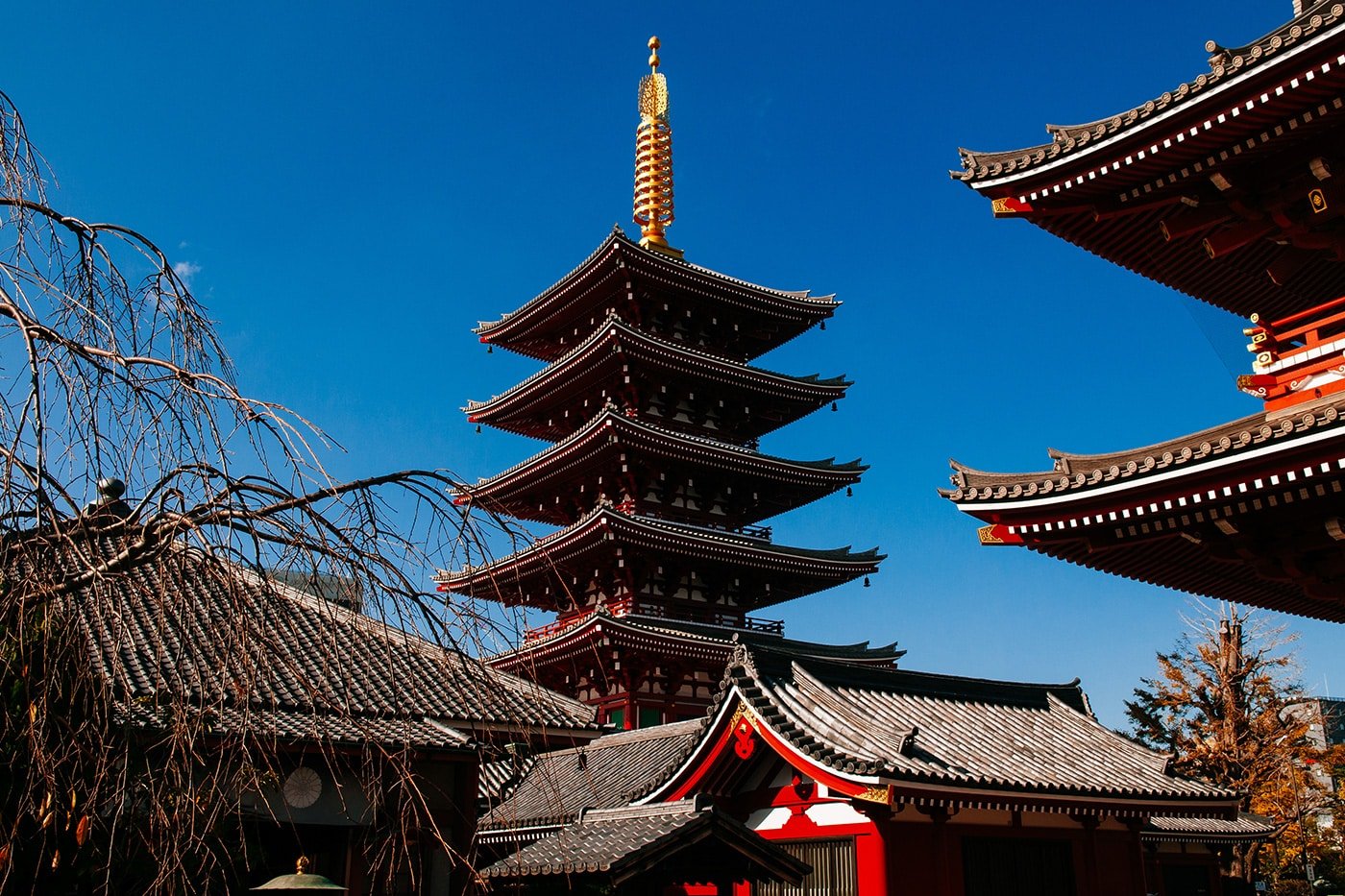
After being destroyed many times throughout its history, the last after the bombing of Tokyo in 1945, today the main gate Kaminarimon or Thunder Gate leads to Nakamise. It is a street with shops within the complex where, shortly beyond it, the buildings of the temple come into view.
Located right on the way to Senso Ji Temple, it is impossible to miss the popular Nakamise dori, a street where most shops have been run by the same families for several generations. Walking from Asakusa Station, the most common way to reach this famous and decorated shopping area is through Kaminarimon/Thunder Gate.
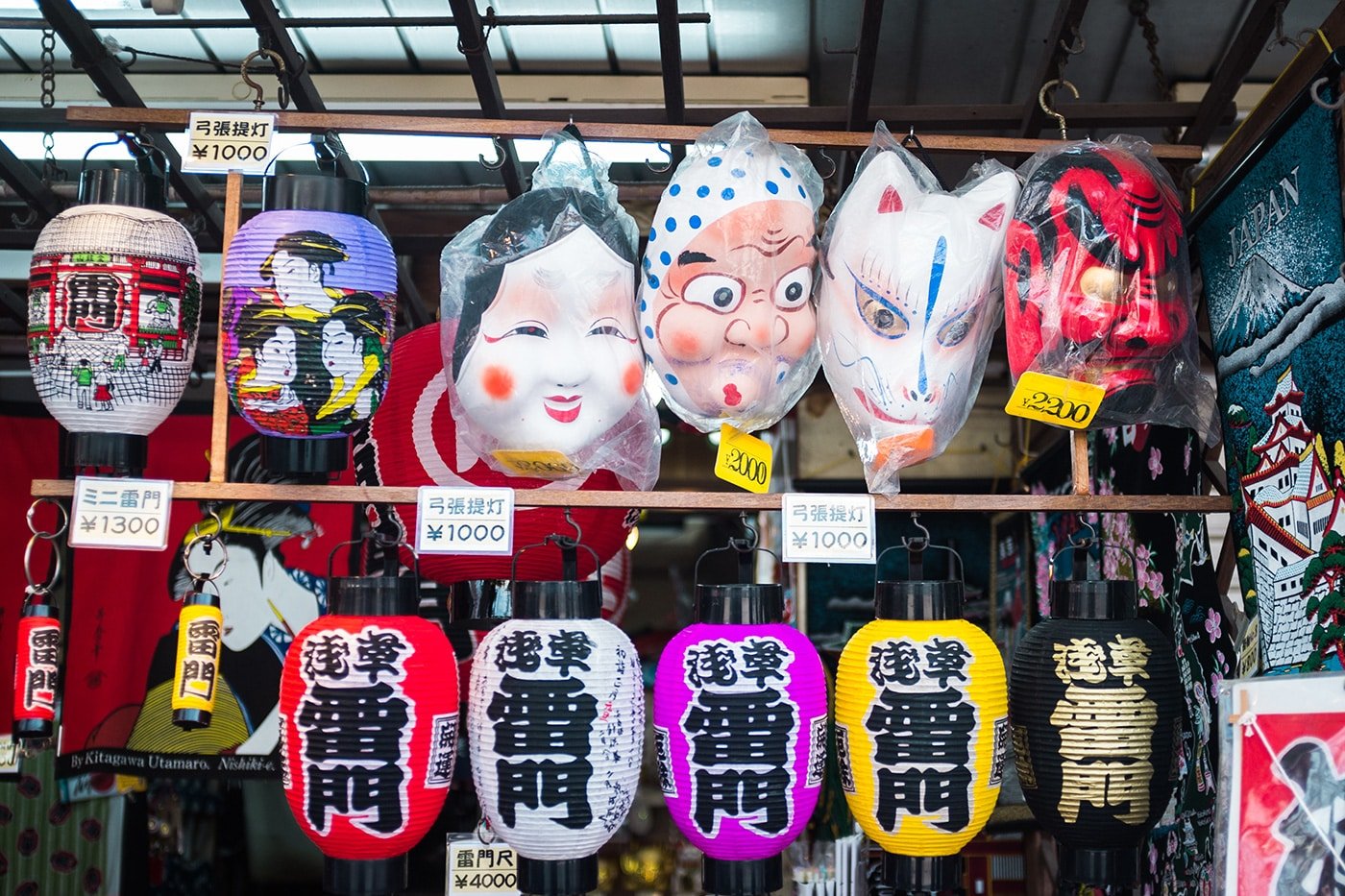
Once inside, you’ll find it’s quite touristy, with stalls offering everything: from food to samurai swords, umbrellas, and other souvenirs. Don’t forget to try some sweets like ningyo-yaki, a delicious-looking pastry.
We already know that Tokyo is a fascinating city. But, if you get tired of its skyscrapers and asphalt jungle, a few kilometers away you can find incredible mountain landscapes, ideal for a weekend getaway. And the most spectacular of them all is probably the Chichibu National Park.
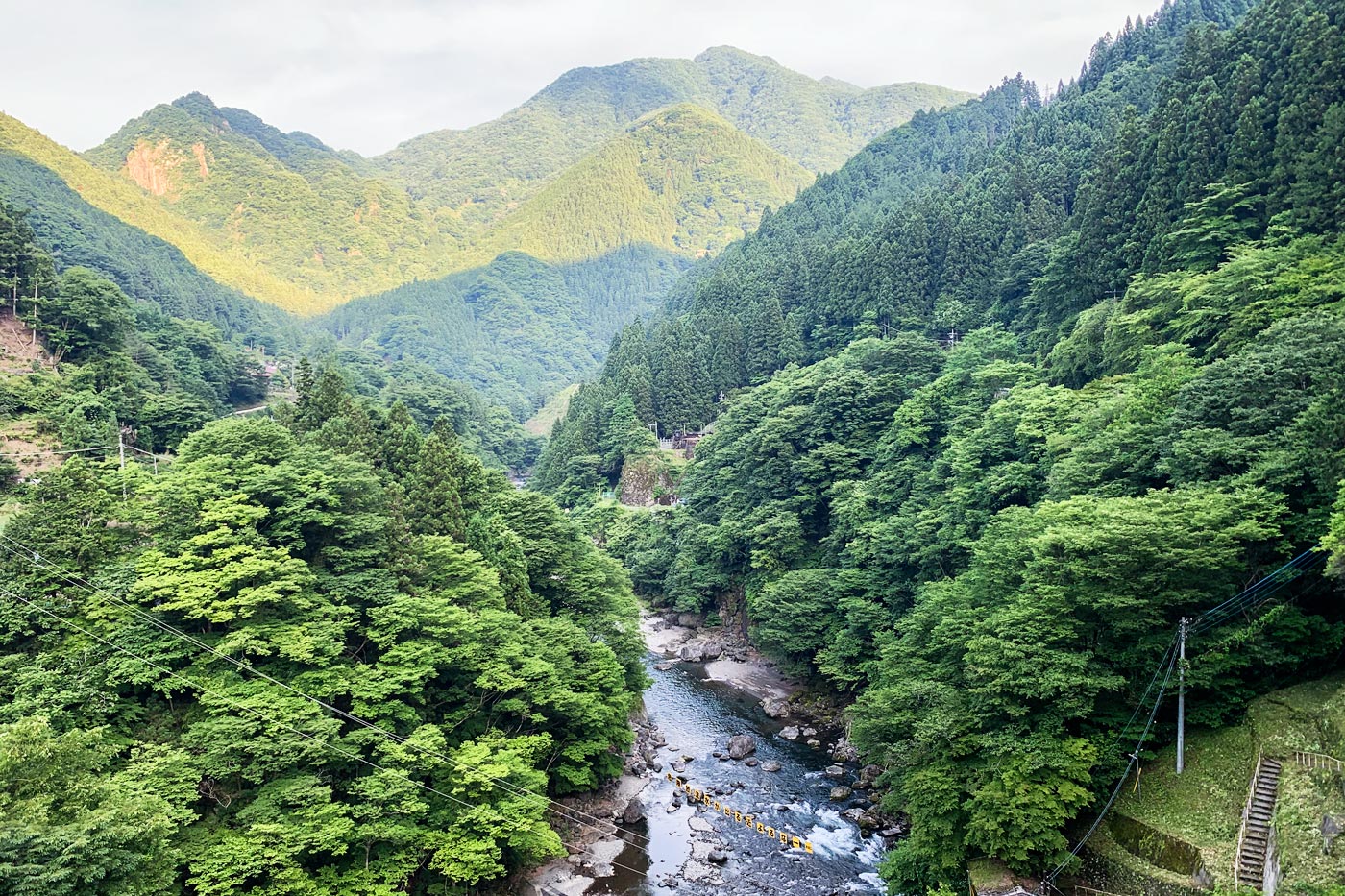
Well connected by trains and buses, only 80 km separate it from the center of the Japanese capital. Located in Saitama prefecture (north of Tokyo), Chichibu offers travelers fresh air, nature, beautiful landscapes, and much more. Not for nothing is it a sacred mountain, with temples dedicated to ancestral deities of Japanese Shintoism.
Do not miss the secrets of this little-known enclave of deep Japan.
A small town full of temples and shrines, just two hours from Tokyo, perfect for a day trip or perhaps longer. Nikko is located at the gates of Nikko National Park and has a spectacular sanctuary and mausoleum, called Toshugu Shrine, dedicated to Tokugawa Ieyasu and built in the 17th century. It is now a World Heritage Site.
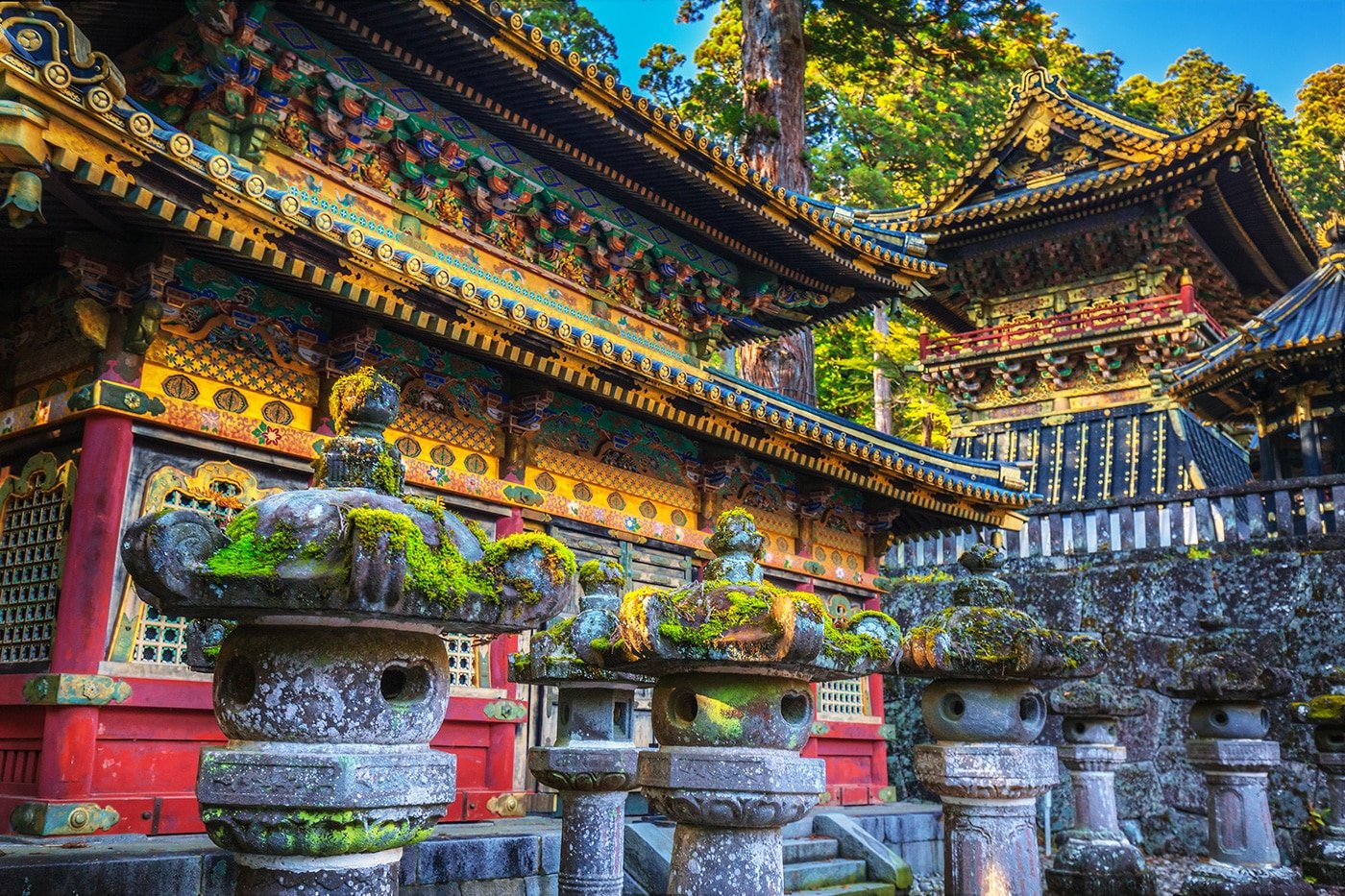
In addition, in the park you will find waterfalls, hiking trails, beautiful wooden bridges and a botanical garden of the University of Tokyo. If you want, you can get a tourist card. The Nikko World Heritage Pass gives you unlimited transportation to visit all monuments that are World Heritage Sites. We recommend this private guided excursion to Nikko, accessible with a 10-hour round-trip ride from Tokyo.
If you have time for a day trip near Tokyo and want to get to know the surrounding area, Kamakura in Kanagawa Prefecture is just an hour from the capital. This small town has much more to offer, such as several temples and shrines, including the Engakuji Temple and its famous 13-meter-high giant Buddha, very close to Hase Station.

Amida Buda fue inicialmente construido en madera, pero tras su destrucción se rehizo en bronce y pan de oro. Sin duda es su atracción más famosa, pero no hay que dejar de explorar otras zonas como el Bamboo Temple.
You can also book a guided tour to visit the temples and monuments of Kamakura. Here is a link that may interest you to get to know Kamakura and the island city of Enoshima:
Looking out of the train window and seeing the silhouette of this famous volcano in the distance is exciting, as its 3,776 meters of height stand out in a landscape that is as flat as it is picturesque. There are several towns and points from which you can see Mount Fuji, provided the weather is good. And despite the different perspectives, the mountain always appears the same: symmetrical, imposing, crowned with snow, and shrouded in a halo of clouds that rarely leave it.
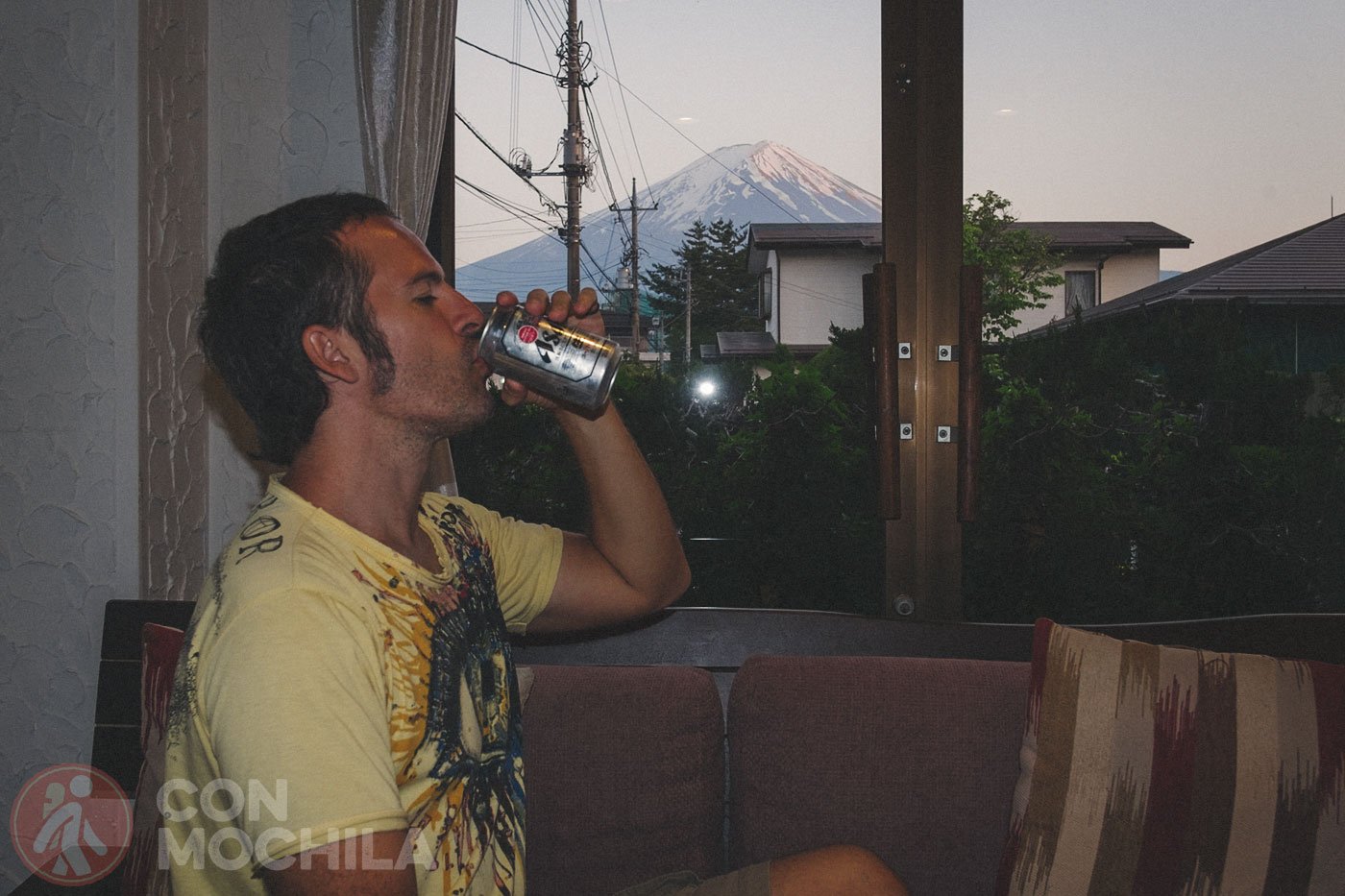
From Tokyo you can get there by train or bus in a maximum of two and a half hours. There are many ways to see Mount Fuji, such as booking a tour of the Hakone cable car with a visit to the Mount Fuji viewing platform. Another option is a full-day private tour visiting Mount Fuji and its surroundings such as the historic village, Lake Kawaguchi, or the Chureito pagoda.
A city like Tokyo hides many stories that can be discovered by taking a guided tour of the city. Here are some recommendations:
If you are one of those people who are drawn to architecture, Tokyo is the ideal city for its contrasts and for housing some of the most modern buildings in the world. On this architecture tour in Tokyo you can choose between a few different routes.
Do you remember Sofia Coppola’s famous film with Bill Murray and Scarlet Johansson? Lost in Translation was filmed in Tokyo in 2003 (that long ago?), you can recreate some of the moments between Bob and Charlotte finding the locations.
Going to Japan and not being fascinated by its food is something that cannot be possible. If you have fallen in love with the most famous Japanese dumplings in the world, we suggest this private ramen and gyoza workshop in Tokyo to learn how to prepare them.
If you want to see what was once the largest fish market in the world, you can visit Tsujiki on a food tour of the fish markets.
Here are some links to these hotels at very good prices:
Since the city is so big, it’s best to organize yourself a bit to visit the different areas and create some itineraries. Here are some recommendations: Tokyo, like other Japanese cities, is very large with several areas and getting around it, although easy, takes time. There are places you can walk to, but for others you’ll need public transport.
You will get more out of it if you have planned your route based on the things you want to see. We have divided the guide into three different areas:
The Imperial Palace, Tokyo Station, and Ginza are located in the city center. Here you will find temples, gardens and a high-end shopping area.
Shibuya, Harajuku, Shinjuku and its nightlife, the modern island of Odaiba or Yoyogi Park. Make time to visit all of these, as getting from one place to another will take time and you won’t want to miss a single thing.
Here you will find Asakusa, Akibahara and the Nakamise shopping area.
Tokyo is a city where you could spend a month and still not see everything, but if you fancy getting out and exploring other quieter areas or seeing the majestic Mount Fuji, we recommend some places to go.
These are the areas that concentrate the most points of interest and therefore tourists, but remember that the entire city of Tokyo is dotted with temples, museums, interesting places and restaurants where you can try some of its delicacies. The positive part is that it is extremely easy to get to every place by public transport.
Public transport in Japan is generally comprehensive and efficient, and Tokyo boasts some of the best. Being such a large city, it is divided into zones and districts, but its public transport network is impressive and easy to use.
An extensive network of subway and train lines covers most of Kyoto. There are several transportation cards, such as the SUICA Card which will make things easier and will work for cities all over the country. These cards can be purchased at vending machines and at stations.
If you prefer to travel above ground, buses are the best option. They have a fixed price for any of the districts, although you can also use the SUICA Card.
Unless you’ve gone out to dinner and are returning to your accommodation very late, it’s difficult to find a bus or the metro stations are already closed, so it’s very unlikely that you’ll need to use apps like Uber or Grab. As you’ve seen, public transport covers almost the entire city, so make the most of it!
Our recommended reading to start getting to know Japanese culture is “Before the Coffee Gets Cold” by Toshikazu Kawaguchi. The story takes place in a special café in Tokyo, where customers have the opportunity to travel back in time for a limited period, while the coffee they have been served gets cold.
Each chapter tells the story of a customer who faces personal dilemmas and has a unique opportunity to travel back in time to better understand their present situation, as well as their conversations with the café owners. A poetic and calm novel with a unique perspective on the relationship between time and our choices, which are not always easy to change.
Click on the image and it will take you to a new Google Maps window with all the points of interest to travel around Tokyo.